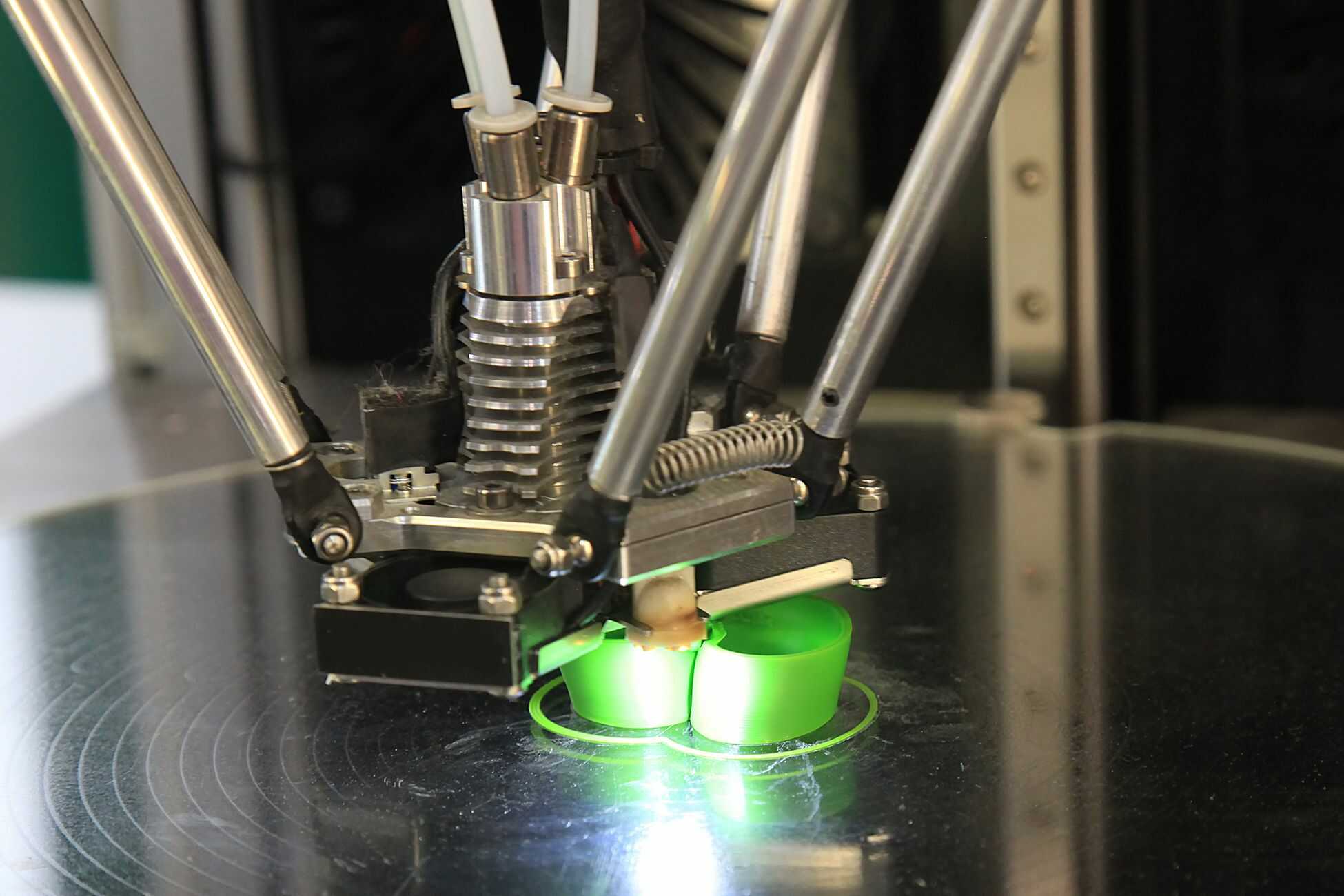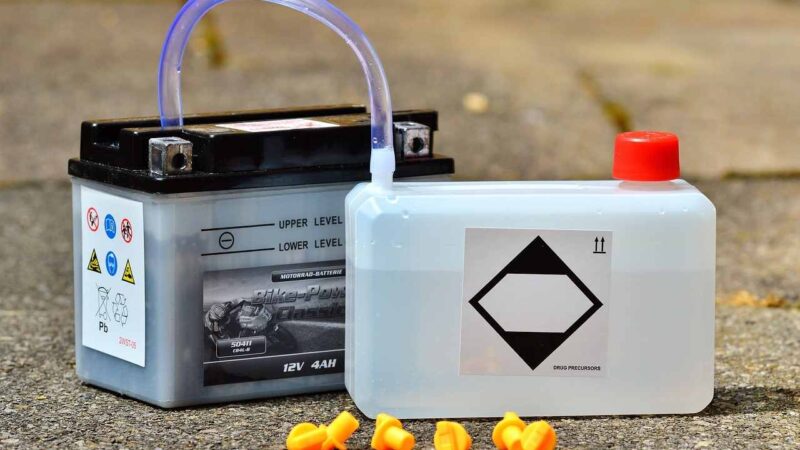What Is a Drag Chain Carrier and How Does It Work?

Automation is increasing in every sector of industry. Mechanization in machinery allows for rapid results during production. Drag chain carriers are essential for securing cables and hoses as machinery moves. Without these protections in place, significant damages will occur. This guide will give manufacturers everything they need to know about cable carrier options, including information on choosing one for their machinery.
What Is a Cable Drag Chain?
A drag chain cable carrier protects cables and hoses, keeping them separate as machinery moves during automation. Because many industries have begun embracing automation, the need for these carriers has increased. It is important to note that different sectors use various names for drag chains, including the following.
- Cable tracks
- Cable chains
- Cable carriers
- Energy chains
- Cable drag chains
No matter what a sector calls these devices, they are all the same and work in an exact manner. When moving machinery requires cables and hydraulics, these hookups must remain protected at all times for safe and effective operation. Carriers enclose all cables and hoses, keeping them separate and preventing them from becoming tangled as the automation machinery moves.
Loose hoses and cables can impede a machine and stop it from operating abruptly. Cables and hoses that are suspended outside of a carrier may prevent machines from working properly. In addition to problems with operation, hoses and cables can experience damage from friction. Cable carriers protect these hoses and cables and prevent damages from occurring. Carriers also shield hoses and cables from exposure to heat which can become damaging.
Understanding the History of Drag Chains
Cable drag chains were first introduced to manufacturing in the 1950s and have since become an integral addition. In the beginning, cable carriers were only manufactured from solid steel. At the time, steel was readily available and affordable.
At the same time drag chain production began, polypropylene entered the market. Drag chain manufacturers did not begin using polypropylene until twenty years later. Since the addition of plastic, manufacturers continue to create drag chains with both steel and polypropylene for their heat resistance, durability, and flexibility.
Over the years, the design of cable carriers has changed. As automation has increased, machines have become faster and more intuitive. Cable tracks can now cover longer distances, a fact early producers never would have dreamed was possible.
In addition to the increased length, there have also been other developments. Manufacturers now create heavy-duty drag chains for use in high-stress areas.
Variations of Cable Chains
Although steel and polypropylene are choice materials for cable chains, today, there are many more options available. The following drag chain materials allow for versatility in the manufacturing industry and are available for many applications.
- Stainless steel chain carriers are considered heavy-duty. These metal options are ideal for tough environments where wear and tear occur frequently. Manufacturers use stainless steel drag chains in areas of high heat or when support is needed for large hoses and cables.
- Zinc-plated steel is another option for cable carriers. This variation of stainless steel offers an option for standard operations that need a heavy-duty application to protect overly large hoses and cables.
- Manufacturers also create chain carriers from flame-retardant materials. These become necessary in production areas where combustibles pose fire risks. Flame retardant cable carriers protect hoses, cables, and machinery from fires.
- The food services industry uses magnet detector cable chains for its operations. These devices protect consumers against accidentally ingesting pieces of machinery that may become dislodged in the production process.
- Cleanrooms, like those used in pharmaceutical production, require cleanroom materials for chain carriers. These cable carriers do not allow dust, contaminants, or debris to enter the manufacturing environment.
- There are also options for ARAW aluminum cable carriers. These carriers offer extensive protection to hoses and cables without causing undue weight. ARAW cable carriers are ideal for long distances because they prevent twisting and turning.
Looking For Drag Chain Carrier Failures
Although drag chain carriers remain durable for many hours of operation, failure can occur. Being aware of these potential problems helps manufacturers prepare to avoid them.
- Cable failure is more common than carrier failure. Cables are more likely to fail if manufacturers install the wrong carrier type and size. Cable failure may result in twisting, folding, tangles, and loss of energy supply.
- Carrier system failures may also occur. Cable chain failure most often happens with poor installations, misalignment, or the wrong tracks. Carrier failure will not necessarily cause cable damage.
- Cable and carrier damage can sometimes arise. When these happen at the same time, complete failure of the machinery becomes possible. This complex failure often happens as a result of trying to jam too many cables and hoses into the wrong-sized carrier.
Factors to Consider When Selecting Drag Chain Carriers
Multiple factors go into choosing drag chain carriers for manufacturing applications. The chosen material will depend on the machinery, how the chain carrier needs to move, and the level of required durability.
One of the most significant considerations is the size of the cables and hoses. By considering the sizes of the hoses and cables, manufacturers will know which type and size of the carrier to choose. Understanding the clearance needs below is essential for manufacturers.
- Cables will always require 10% clearance outside of the largest cable.
- Pneumatic lines need 15% extra clearance outside of their outer circumferences.
- Hydraulic hoses require 20% clearance outside of the outer dimensions.
By heeding the above measurements, manufacturers can rest assured the hoses and cables will have ample room to move about inside the carrier without becoming tangled or damaged.
When manufacturers need a drag chain carrier for long distances, they should take the hose with the largest bend radius and then choose a chain carrier with a bend radius that is just as large or even larger than that of the hose.
Drag chain carriers help protect vulnerable cables and hoses to guard against heat and friction damage. Without these carriers in place, machinery will sometimes come to an abrupt halt because of tangled hoses and cables.






